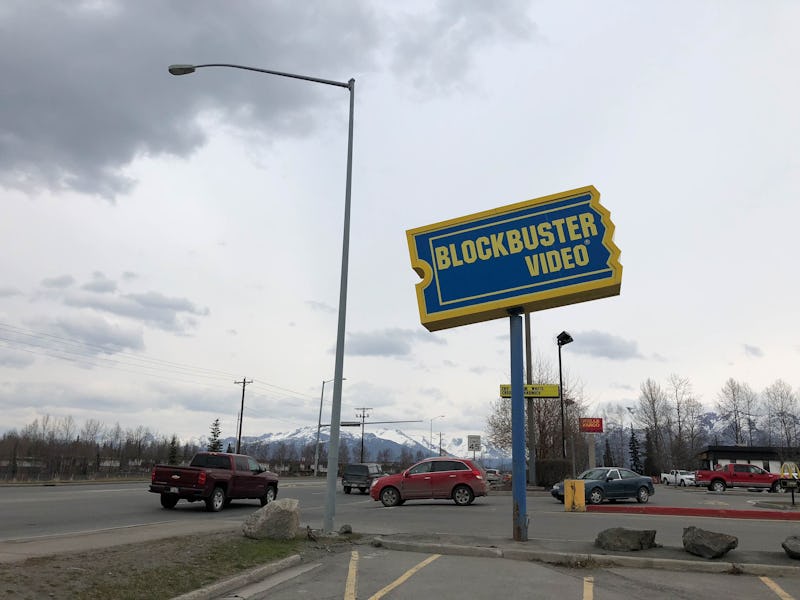The Last Blockbuster: How on Earth Does it Still Exist?
With the death of two Alaskan Blockbusters, one remains. How?

On Thursday, Blockbuster Alaska left a heartfelt note on their Facebook page. “We regret to inform our customers that Blockbuster Video will be closing both the College and Debarr stores starting July 16th,” the note read, announcing the closure of the last two Blockbusters in Alaska. Evoking the nostalgic associations that many feel with the movie rental franchise, the note continued, “We have thought of you as family for the past 28 years… We will miss all of you!”
The announcement not only meant that there would be no more Blockbusters in Alaska, but news quickly broke that the last remaining Blockbuster store was in Bend, Oregon. On one hand the news represented a sad ending to a monument to 90s entertainment. On the other, it prompted the question: “how has this lasted so long?”
E-Commerce Killed the Video Star
First it’s important to understand who murdered Blockbuster. The answer is a combination of your dollars, Netflix, and Blockbuster itself.
Founded in 1985, Blockbuster came to dominate the movie rental market with its ubiquitous blue and yellow stores. In 1997, Netflix came along. What readers may forget is that Netflix, which is now synonymous with streaming, actually ate into Blockbuster’s business with its mail-order DVD subscription (pricing was first structured by DVD and subscriptions were introduced later) service. It wasn’t streaming that killed Blockbuster, it was e-commerce and a subscription business model. The model is now seen everywhere from data storage platforms to underwear box services.
The subscription model proved to be crucial because it eliminated late fees, which turned out to be 70% of Blockbuster’s profits. It’s speculated that because Blockbuster dominated the rental market while Netflix was slowly coming up, they were blinded to this vulnerability, and were only able to adjust after they suffered significant backlash and lost a fair number of customers. When the CEO did try to adjust in 2004 by attempting to eliminate late fees and creating a streaming platform, he was eventually booted from the company because other investors were concerned about losing profits.
The company filed for bankruptcy in 2010.
What Could Still Make Blockbuster Worth It
Today, streaming services have completely taken over, from Netflix, to Amazon, to Hulu. According to a 2017 Entertainment Trends in America report, two-thirds of Americans have completely converted to streaming consumption of movies at home, as opposed to buying or renting from stores.
So what could possibly drive physical stores like those being shuttered in Alaska, or the last one in Oregon, to still exist. One explanation is rural America’s lack of access to broadband internet. According to Quartz, Netflix continues to operate its mail service simply because 39% of rural Americans lack broadband internet access to facilitate streaming.
Another explanation seems to be brand loyalty. As fewer, and fewer video stores exist, diehard fans have flocked to the last few locations, as they become their own tourist destinations. Sandi Harding, who runs the last Blockbuster, told CNN, “Daily, we have people coming in and going, ‘Oh my gosh. you’re a Blockbuster. How are you still here?”
For now, the lone Blockbuster will persist not only as an ornament of nostalgia, but as a functioning store that still offers what services like Netflix and Hulu can’t — candy and popcorn.